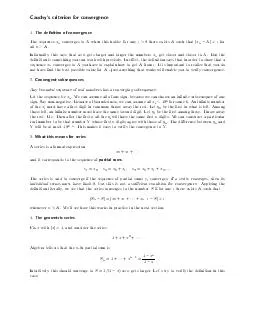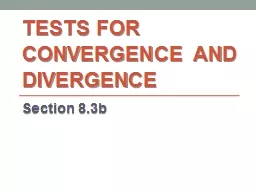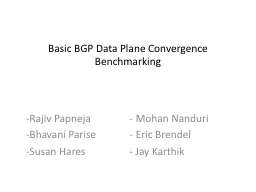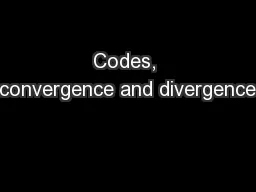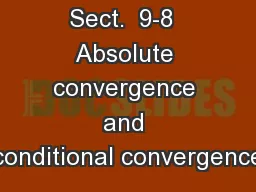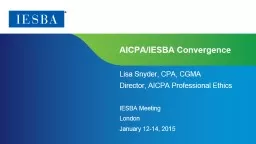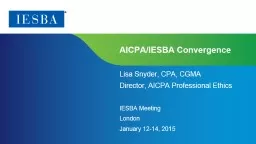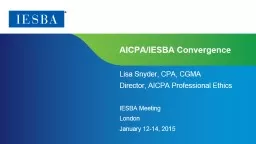PDF-Cauchys criterion for convergence
Author : pamella-moone | Published Date : 2015-01-19
The de57356nition of convergence The sequence converges to when this holds for any 57359 0 there exists such that for all Informally this says that as gets larger
Presentation Embed Code
Download Presentation
Download Presentation The PPT/PDF document "Cauchys criterion for convergence" is the property of its rightful owner. Permission is granted to download and print the materials on this website for personal, non-commercial use only, and to display it on your personal computer provided you do not modify the materials and that you retain all copyright notices contained in the materials. By downloading content from our website, you accept the terms of this agreement.
Cauchys criterion for convergence: Transcript
Download Rules Of Document
"Cauchys criterion for convergence"The content belongs to its owner. You may download and print it for personal use, without modification, and keep all copyright notices. By downloading, you agree to these terms.
Related Documents

